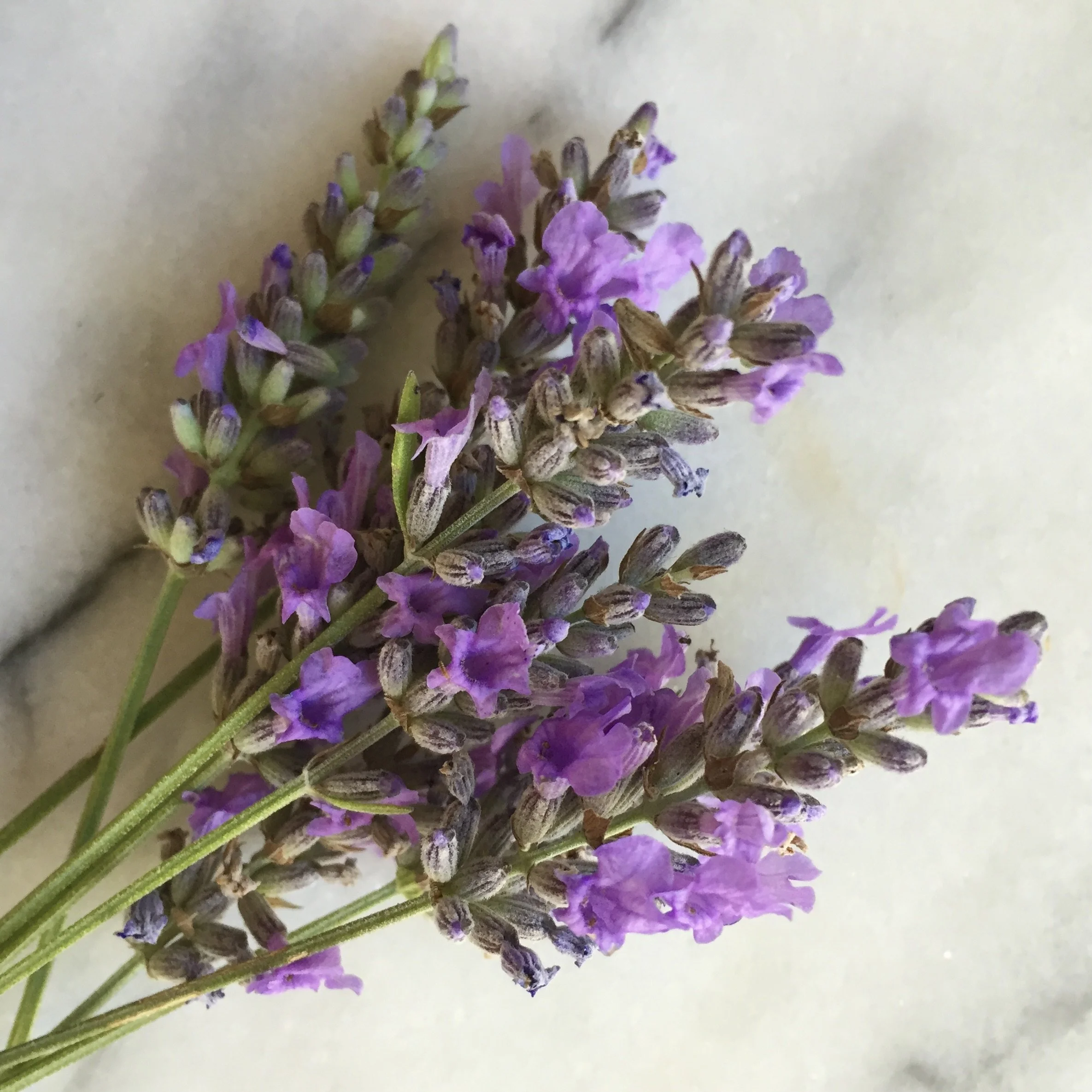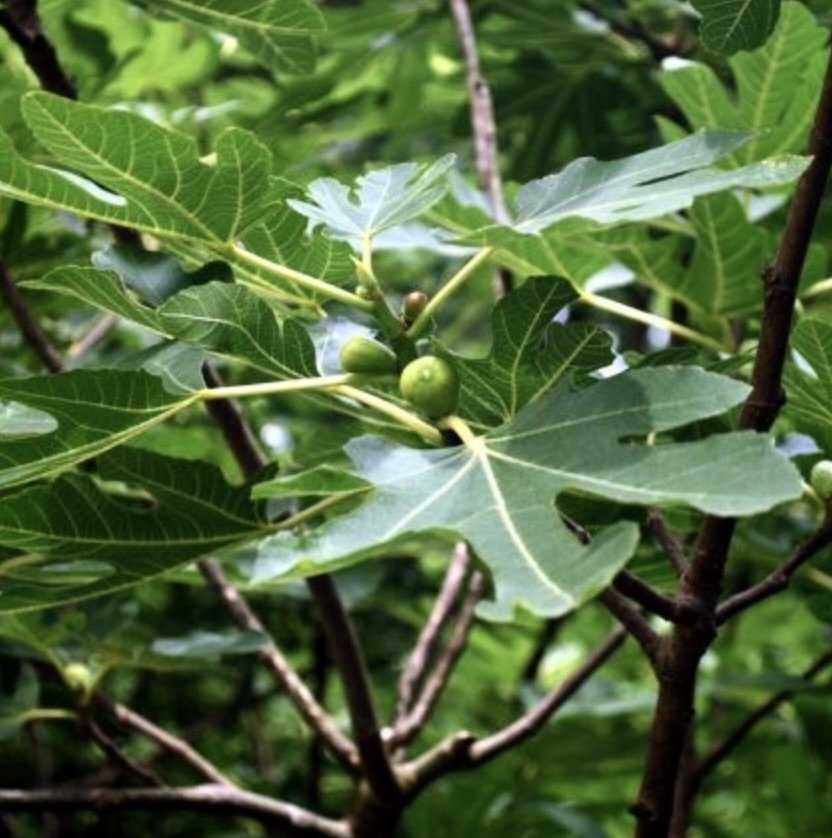In My San Diego Garden and Kitchen
It is the season of small vegetable harvests and large fruit harvests. The ‘Emerite’ filet pole beans have reached the top of the six foot trellis and the first beans were gathered just above the soil level. I’ll use them with some purple bush beans from a friend.
Though tomatoes languish here in the fog belt, beans do well. Currently, along with ‘Emerite’ I have cannellini and cranberry beans planted for drying. Soon I’ll add ‘Royal Burgundy’ bush beans and more cannellini beans.
Cranberry bean plants outgrew the screening so they’re sandwiched between those protecting peppers on one side and arugula on the other. Opossums are still an occasional problem. Read an earlier post on Growing Cranberry Beans
The ‘Raven’ zucchini and dwarf sunflowers, ‘Junior’ both from Renee’s Garden are a delightful pairing. They grow along together and both top out at about two feet. I admire the combination first suggested by garden writer, Barbara Pleasant. Her thought was sunflowers to attract bees and help with pollination of the zucchini.
My favorite zucchini entree so far this season has been an enchilada casserole with starring roles for zucchini, corn, black beans and refried black beans. Just a light touch with the pepper jack cheese, making it a high protein, low fat and substantial meal.
These are small harvests of ‘Dorsett Golden’ apples and ‘Victoria’ rhubarb from last week. This week we’ll strip the apple tree and begin the preservation of applesauce, apple-rhubarb sauce and apple-rhubarb guava sauce. Stay tuned.
Speaking of apples. Checking around the manzanita shrub in my California native garden, I found these tiny “apples” on the ground. Manzanita, a common native around the state, means “little apple” in Spanish. Word is, bears, coyotes, foxes and birds like the tiny fruit. Native peoples made a refreshing cider.
Pacific Horticulture describes the unique qualities of Arctostaphylos best: Manzanita leaves are thick and leathery and come in many tones of bright green through bluish gray and gray green; new stems and foliage often appear in bronze red tones. But it's the peeling, cinnamon-kissed, red bark on architecturally fascinating shapes that so appeals.
My manzanita is ‘Howard McMinn’ but there are many varieties adapted to the various environments around the state. We see manzanitas while hiking at many elevations and different climatic conditions in California.
An unidentified manzanita on a recent hike near Dripping Springs.
See what I’ve planted in my summer vegetable garden recently in What I’m Planting Now. Then head over to see what other garden bloggers around the world harvested last week at Harvest Monday hosted by Dave at Happy Acres blog.
To leave a comment, click on “Leave a comment/Show comments,” enter the comment, then insert your name. Finally, click on “Comment as Guest” to post comment.















